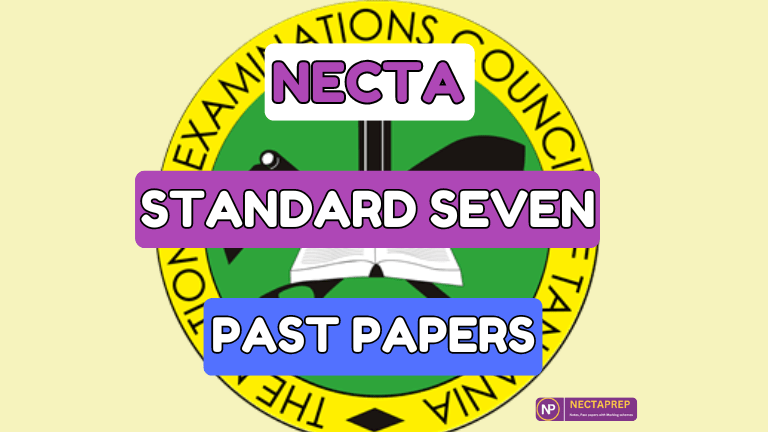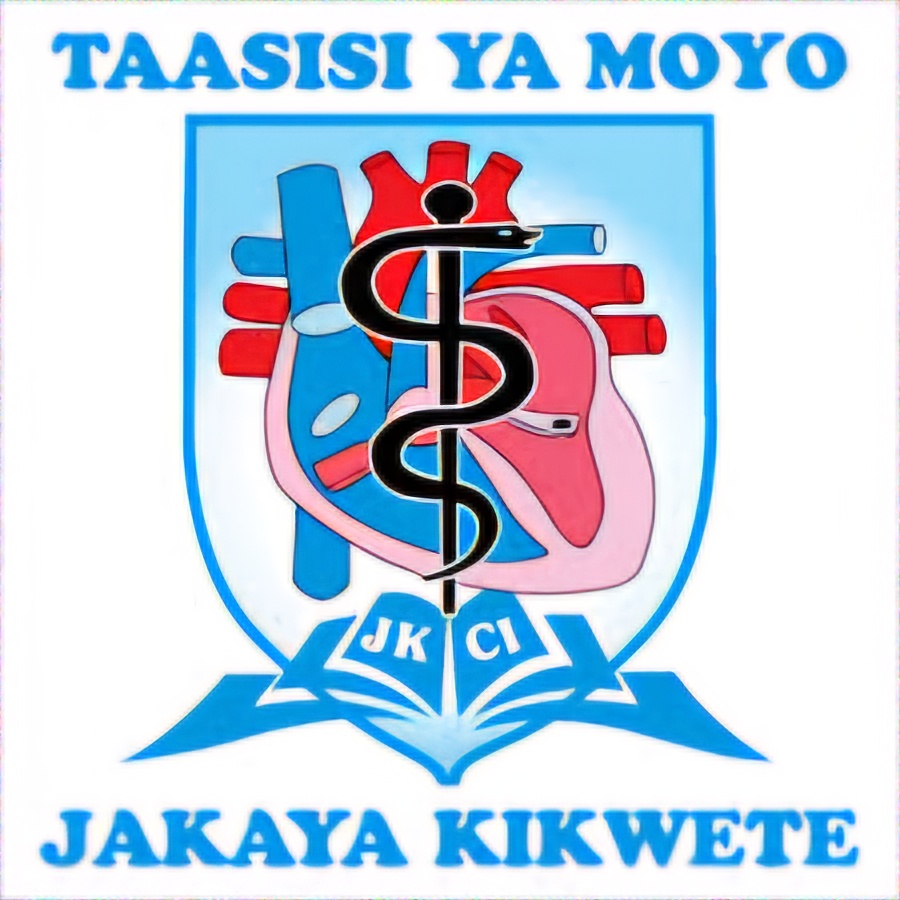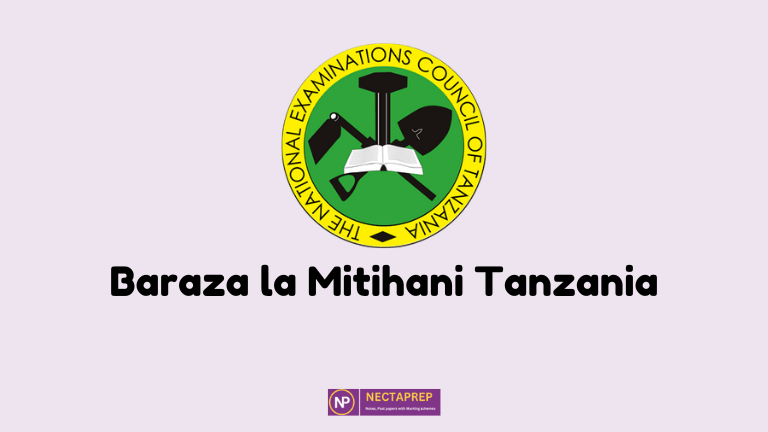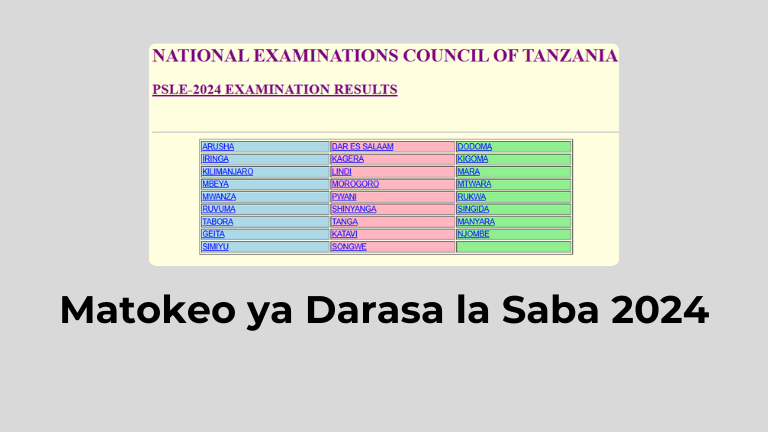The Ultimate Guide to the SAT Exam: What You Need to Know
The SAT (Scholastic Assessment Test or Scholastic Aptitude Test) is a standardized exam widely used for college admissions in the United States and many other countries. Designed to assess a student’s readiness for college, the SAT evaluates key skills such as critical thinking, mathematical reasoning, and language comprehension.
If you’re planning to take the SAT or are curious about what it entails, this blog post will break down everything you need to know about the exam.
1. What Is the SAT?
The SAT is a globally recognized college admission test that evaluates a student’s readiness for academic challenges at the college level. Administered by the College Board, it is typically taken by high school juniors and seniors, though students in other grades can take it as well.
The test is designed to measure the skills and knowledge you’ve acquired during your high school years, focusing on your ability to apply what you’ve learned in critical reading, writing, and math.
2. Why Is the SAT Important?
For many students, the SAT is an essential component of the college application process. Admissions officers at colleges and universities often use SAT scores to compare applicants from various educational backgrounds and regions.
Here are some key reasons why the SAT is important:
- College Admissions: Most universities in the U.S. require or strongly recommend SAT scores as part of the application process.
- Scholarships: Many scholarship programs use SAT scores as part of their selection criteria.
- College Placement: Some colleges use SAT scores to place students in appropriate courses or programs.
- Skill Assessment: It helps students identify strengths and areas that may need improvement before starting college.
3. SAT Format and Structure
The SAT is divided into four main sections, with an optional fifth essay section. Here’s a breakdown:
- Evidence-Based Reading and Writing (EBRW):
- Reading: 52 questions, 65 minutes.
- Writing and Language: 44 questions, 35 minutes.
- Math:
- Math without Calculator: 20 questions, 25 minutes.
- Math with Calculator: 38 questions, 55 minutes.
- Optional Essay: Although the essay section is no longer offered in most versions of the test, students may encounter it in certain regions or specific circumstances. The essay asks you to analyze a passage and explain how the author builds an argument.
The total time for the SAT (excluding breaks) is 3 hours, or 3 hours and 50 minutes if you take the essay.
4. How Is the SAT Scored?
The SAT is scored on a scale of 400 to 1600. Each of the two main sections—Evidence-Based Reading and Writing (EBRW) and Math—is scored on a scale of 200 to 800. These two scores are then combined to give you your total score.
- Raw Scores: The number of correct answers determines your raw score. There is no penalty for incorrect answers, so it’s in your best interest to answer every question.
- Scaled Scores: Raw scores are converted to scaled scores, which account for the difficulty of the test.
Additionally, if you take the optional essay, you’ll receive three scores ranging from 2 to 8 for Reading, Analysis, and Writing.
5. Registration and Test Dates
The SAT is offered several times a year, typically in March, May, June, August, October, November, and December. It is advisable to register early, as test centers can fill up quickly. You can register for the SAT online via the College Board’s website.
To register, you’ll need to create a College Board account, choose your test date and location, and pay the exam fee. Fee waivers are available for eligible students.
6. How to Prepare for the SAT
Preparing for the SAT is crucial for achieving your best possible score. Here are a few strategies to help you prepare effectively:
- Take Practice Tests: Full-length, timed practice tests simulate real exam conditions and help you get comfortable with the format.
- Review Content: Focus on areas where you’re weakest, whether it’s algebra, reading comprehension, or grammar. Use SAT prep books or online resources like Khan Academy, which offers free SAT practice materials.
- Study Regularly: Consistent study habits over time are more effective than cramming last minute. Aim for steady progress each week.
- Understand the Test: Familiarize yourself with the types of questions on the SAT and how they are structured.
- Seek Help When Needed: Don’t hesitate to ask teachers, tutors, or classmates for help with challenging concepts.
7. Tips for Test Day
To ensure a smooth test day experience, follow these tips:
- Get a Good Night’s Sleep: Being well-rested is key to staying focused and sharp during the exam.
- Eat a Healthy Breakfast: Fuel your body and brain with nutritious food before the test.
- Bring the Essentials: Remember to bring your admission ticket, a valid photo ID, approved calculators, pencils, and snacks for the break.
- Arrive Early: Give yourself plenty of time to reach the test center and get settled in before the exam begins.
8. SAT FAQs
Here are answers to some frequently asked questions about the SAT:












Leave a Reply